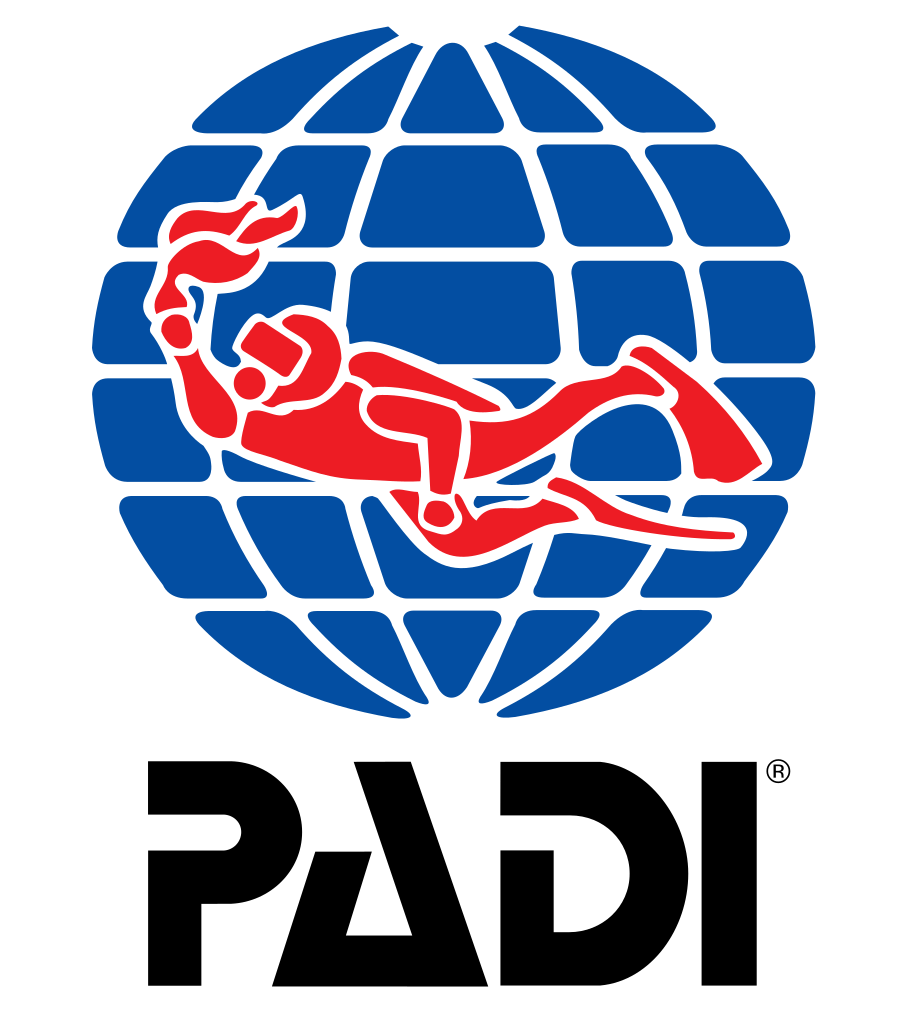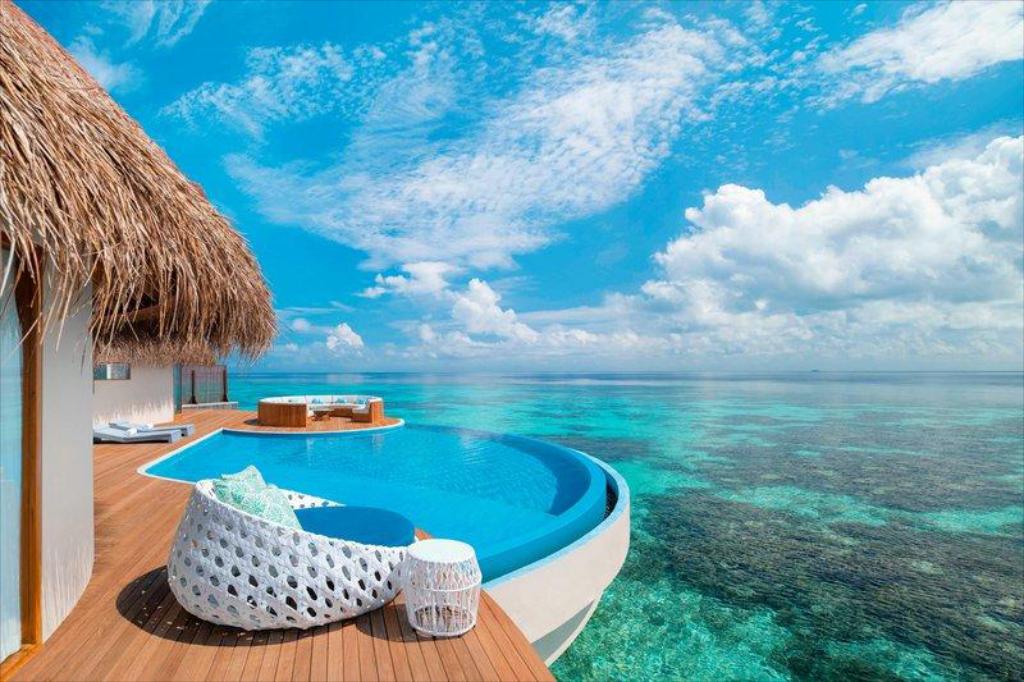
Since it was e-learning week, me and a few friends decided to go to Malaysia to get our open waters diving license. Southeast Asia is known for its beautiful beaches and there are many dive sites for you to admire the rich marine biodiversity and beautiful coral reefs teeming with marine animals. I had always wanted to dive, but the high costs had put me off. Recently, I realised that it was a good investment to get a diving license as it allows me to dive anywhere. Snorkelling is fun, but wouldn’t it be better to be able to see deeper underwater? Hence I decided to go for the diving course.
I chose Tioman because it was the nearest place to dive from Singapore and there were many school trips organised there for diving lessons. Other places in Malaysia good for diving include Langkawi, Redang, Kuantan, Perhentian islands. East Malaysia also has many beautiful dive sites in Sabah, but you would need to fly there which could result in added costs.
How to get to Tioman?
By bus from Singapore
You would need to take a bus to Mersing, then change to the ferry from Mersing to Tioman island. From Singapore, there are direct coaches to Mersing, but they are more expensive, around SGD 25-30 one way.
Instead, we chose to take the public bus 160/170 across the Causeway to Johor, crossed the immigration and continued on bus 170 to Larkin terminal which is the bus station from Johor to many other destinations in Malaysia. Our ticket from Johor to Mersing bought in Malaysia only costs 17RM, which is about a quarter of the price of the direct ticket from Singapore to Mersing.
The journey took about 2.5h and dropped us at Mersing bus terminal. From there, it is about 10min on foot to the jetty. We missed the previous ferry at 1130am and had to take the last ferry of the day to Tioman at 2pm. The ferry ticket costs 35RM one way and the journey to Tioman journey takes 2 to 3 hours depending on the sea conditions. We also had to pay an additional 10RM (student price) for marine conservation fees; for adults it would be 20RM. On the way to Tioman, our journey took a shorter time, but on the way back, it was longer due to the thunderstorm and the choppy seas.
We alighted at the 3rd stop which is Air Batang where Eco divers is located. This area has many chalets and guesthouses along the coast, so there is no need to make reservation beforehand. We preferred taking a look at the conditions of the chalet and comparing the prices first, before finally settling on “My Friend’s Place”. Yes, do not laugh, this is the actual name of the chalet. A room with double bed costs 35RM and a room with triple bed costs 45RM. We were fine with just fans only because it was cooling at night.
The dive course took place over three days. Since we arrived late on the first day, we could not do the confined water and swimming tests. So we started with the theory lessons and watched videos. The subsequent two days were more tiring because we did two and three dives respectively in order to clear all the requirments.
Some info on the PADI Open Water Course:
The PADI Open Water Certification itself is valid for life and recognised internationally. The Course prepares you to dive independently with a buddy within safe recreational limits but most of the time though, after certification and when diving on holiday, you will sign up with a local dive centre and their Divemasters will guide your dives.

This year’s Course Fees if you do the whole Course here are RM1100/person inclusive of ALL equipment rental (Buoyancy Control Device, Regulator, Wetsuit, Mask, Snorkel, Fins, Weightbelt, Weights and 12 litre aluminium scuba tanks – our gear is all in good working order and regularly serviced, by the way), diving logbook and of course, professional instruction. Also the Course Manual and Recreational Dive Planner (table version) which will help you plan your future dives safely (no other costs involved).
An Instructor will be with you all the time you are underwater.
For your information, a summary of the Course would be:
5 Theory sessions in the classroom with the aid of the Open Water Video and Manual and involves some quizzes and a Final Exam;
5 Confined Water sessions in the shallow water in front of the dive centre in the sea where you learn to perform some scuba skills (eg. clearing your mask);
4 Open Water Dives – 2 dives off the beach to a maximum of 12 metres and 2 dives off the boat to a maximum of 18 metres, where you’ll need to perform some of the skills you would have learnt during the Confined Water sessions; and
A Waterskills Assessment of a 200 metre swim (any style or a combination of styles) OR a 300 metre snorkel swim with mask, fins and snorkel – no time limit, a 10 minute float on your back (easy!) and some skin diving.
Note: You don’t have to be an exceptionally strong swimmer to dive, as long as you are comfortable in and around water and have some basic swimming ability. Also, if you need corrective lenses, please bring along contact lenses.
All of us passed all the skills test and written test at the end of three days, so now we’re happily certified open water divers! For the written test, we had 90 multiple-choice questions to do and the passing rate is to obtain a 75% rate. That wasn’t too difficult. So this is the end of my diving trip, I really miss the idyllic, island life of Tioman, hope to go back there again. Otherwise, I would also like to visit other islands around Southeast Asia to dive and explore the underwater world!
 |
| the simple jetty to Air Batang |
 |
| the importance of coral reefs in the marine world |
 |
| we are the newly certified open water divers! |
 |
| Eco divers offers 5 star training courses indeed |
 |
| I will miss this sunset. |


